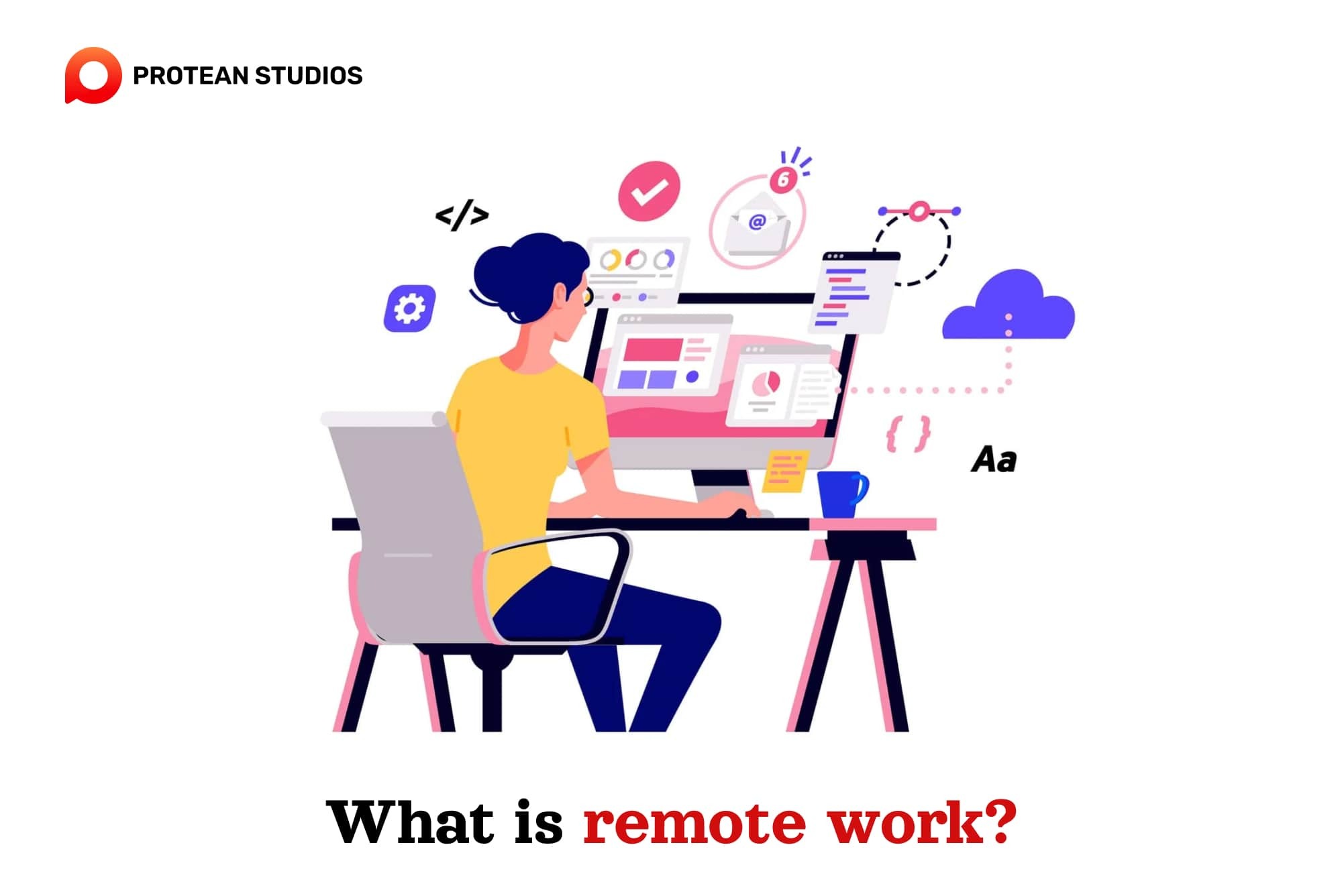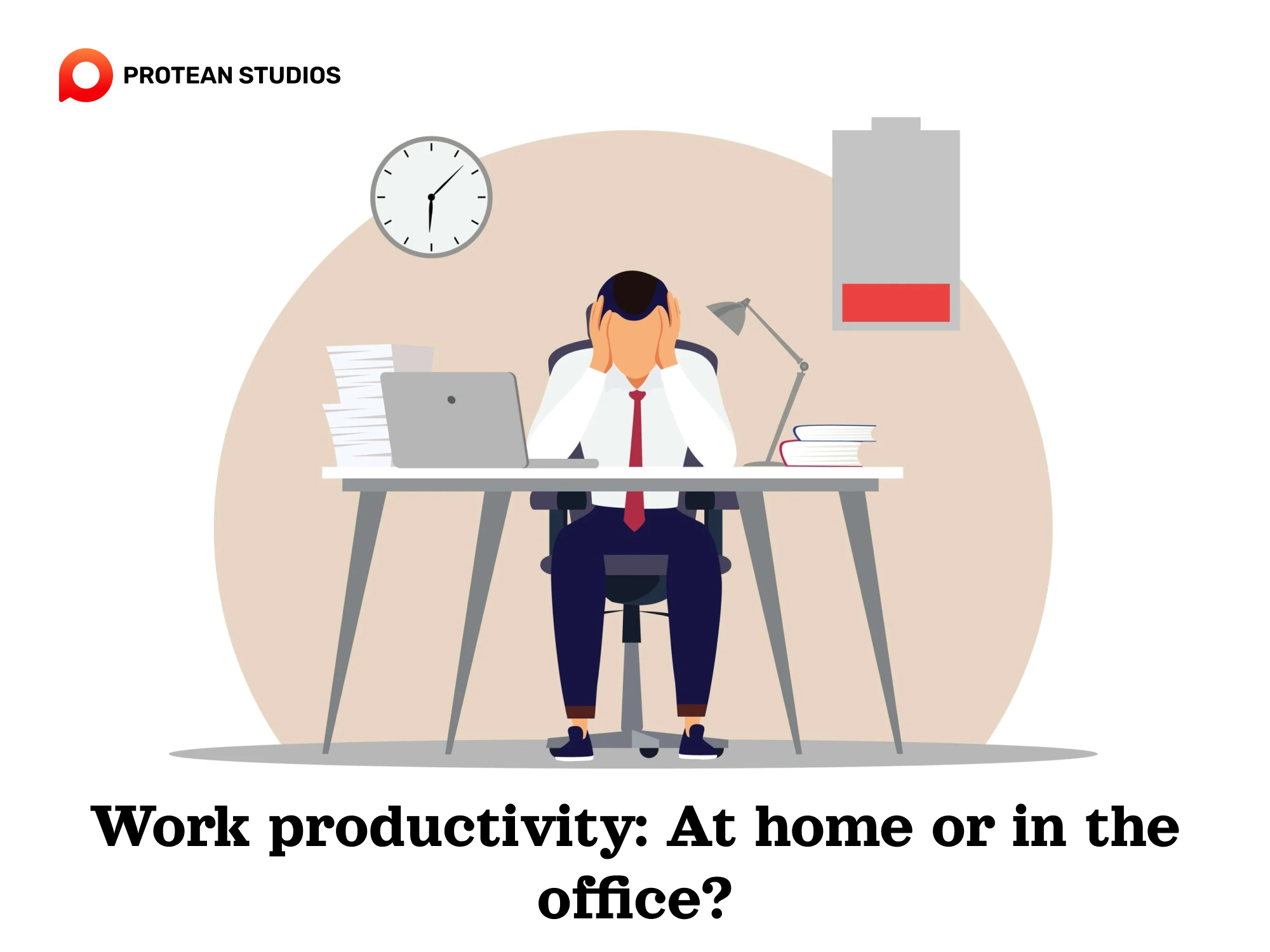The rise of remote work during the pandemic changed the way many people work. But with restrictions lifted and the pandemic ending, there's a growing debate: is it time for workers to return to the office full-time? This article dives into the arguments for and against a return to the office, exploring the impact on productivity, work-life balance, and company culture.
About remote work
Remote work, also known as telecommuting, telework, or work from home (WFH), is the practice of performing your job duties outside of a traditional office setting. It allows individuals to work from any location, leveraging technology to stay connected with teams and clients. Advancements in communication tools, project management software, and secure access to company networks have facilitated this mode of work.
The benefits of remote work are manifold, including reduced commute times, lower overhead costs for employers, and the ability to hire talent from a global pool. It also provides employees with the opportunity to balance work with personal life, leading to increased job satisfaction and productivity.

There are some different types of remote work:
100% Remote Work: These positions allow you to work from anywhere with an internet connection, with no need for in-office time.
Hybrid Remote Work: These jobs offer a mix of remote work and in-office work.
Freelancing/Contracting: This involves working on a project-by-project basis for various clients.
=> You can see more: SaaS Is In The Past; It's Time For XaaS
Is it time for all employees to go back to the office?
The COVID-19 pandemic accelerated the adoption of remote work arrangements. Many companies have discovered the benefits of remote work and are now offering more flexible work options. As technology continues to evolve, remote work is expected to become even more prevalent in the future.
But in 2024, the question of whether workers should return to the office or not will arise. How can this work affect productivity, creativity, support, guidance, and culture?
1. Work productivity
Studies have shown that remote work can lead to increased productivity, as employees often face fewer distractions and can focus better on their tasks.
In 2020, when the COVID-19 pandemic began to spread, CEOs seemed surprised by the productivity employees achieved while working from home. Yet, after three years, some CEOs have started issuing warnings, suggesting that productivity has decreased.

For example, in 2020, Mark Zuckerberg noted that working remotely gave him "more space to think, feel happier, and be more productive." By 2023, based on internal analysis of performance data, Meta's CEO stated that software engineers performed better when working at the office.
2. Creativity
Remote work can also impact an employee's creativity. The lack of spontaneous interactions, such as water cooler conversations and impromptu meetings, may lead to a decrease in creative and innovative outcomes.
Creativity often flourishes when people collaborate in person. Offices make it easier for team members to have spontaneous conversations and brainstorming sessions, leading to innovative ideas. While online tools can help with remote collaboration, they often lack the energy and immediacy of face-to-face interactions.
Being together in a physical space can also enhance team spirit and cohesion, which boosts creativity. Besides, remote work allows individuals to create their own inspiring environments, which can also spark new ideas.
3. Support and guidance
Support and guidance are also critical factors. Remote work can challenge the traditional methods of providing support and mentoring, impacting employees' professional development. The creation of a strong remote work culture can mitigate these effects by helping teams feel connected and motivated, encouraging the sharing of creative ideas in a supportive environment, and facilitating communication and collaboration.
Learn more: What Is The Internet Of Things (IoT) And Everything Else To Know?
4. Culture
The work environment can influence an organization's culture. A remote setting might need new approaches to maintain a cohesive culture and ensure that employees feel part of the community. This includes virtual team-building activities and leveraging technology to create a sense of inclusion and belonging.

The trend work of 2024
The trend for work in 2024 isn't likely to be a clear-cut choice between remote work and office work. Instead, the dominant trend points towards a hybrid model. Here's why:
Benefits of Both Worlds: The hybrid model allows companies to leverage the benefits of both remote work (flexibility, work-life balance, and increased productivity for some) and office work (enhanced collaboration, communication, and company culture).
Employee Preferences: Studies show a significant portion of employees prefer a hybrid arrangement, allowing them to control their work environment and still experience the social aspects of an office.
Technology Advancements: Video conferencing and collaboration tools have become more sophisticated, making remote communication and teamwork more seamless.
Shifting Priorities: Companies are acknowledging the importance of employee well-being and work-life balance, making remote work options more attractive.
Yet, it's important to note that not all companies or roles will be a perfect fit for a hybrid model. Some industries or positions may need more in-person collaboration, while others might function very well entirely remotely.
In summary, deciding whether to return to the office involves balancing the benefits of in-person collaboration, support, and culture with the advantages of remote work's flexibility and productivity. Many organizations may find that a hybrid model, combining both in-office and remote work, best meets the needs of their workforce.




